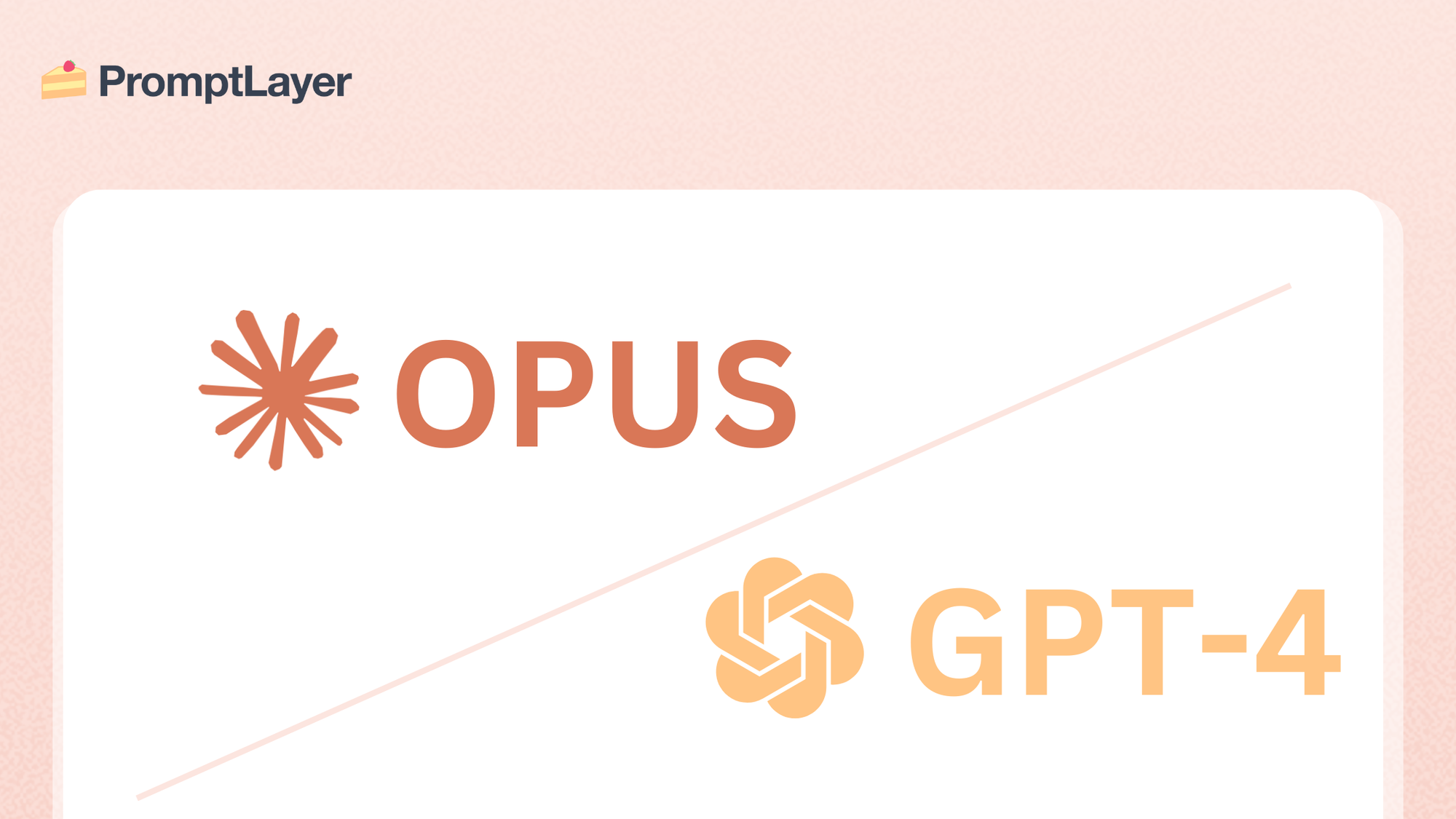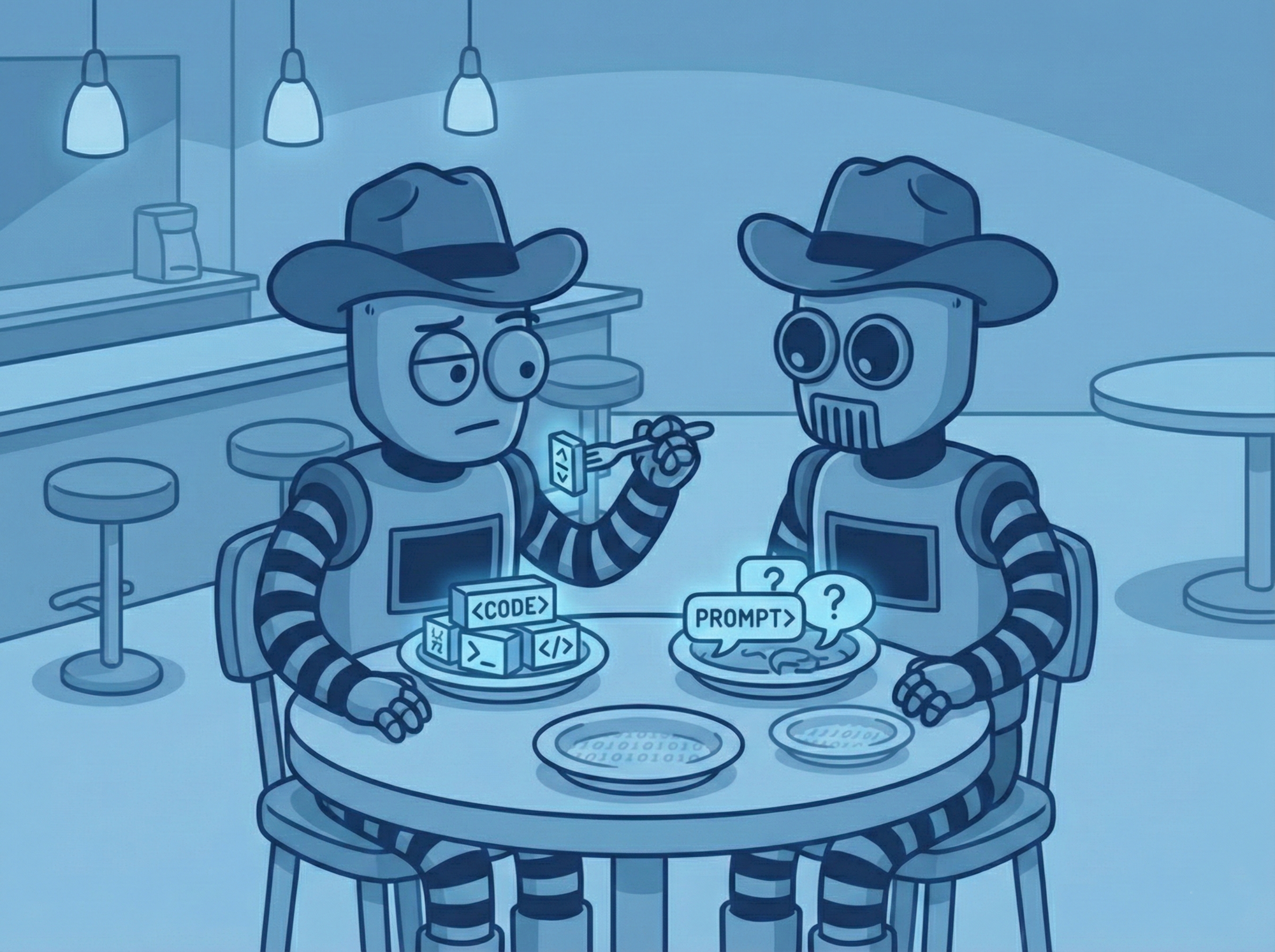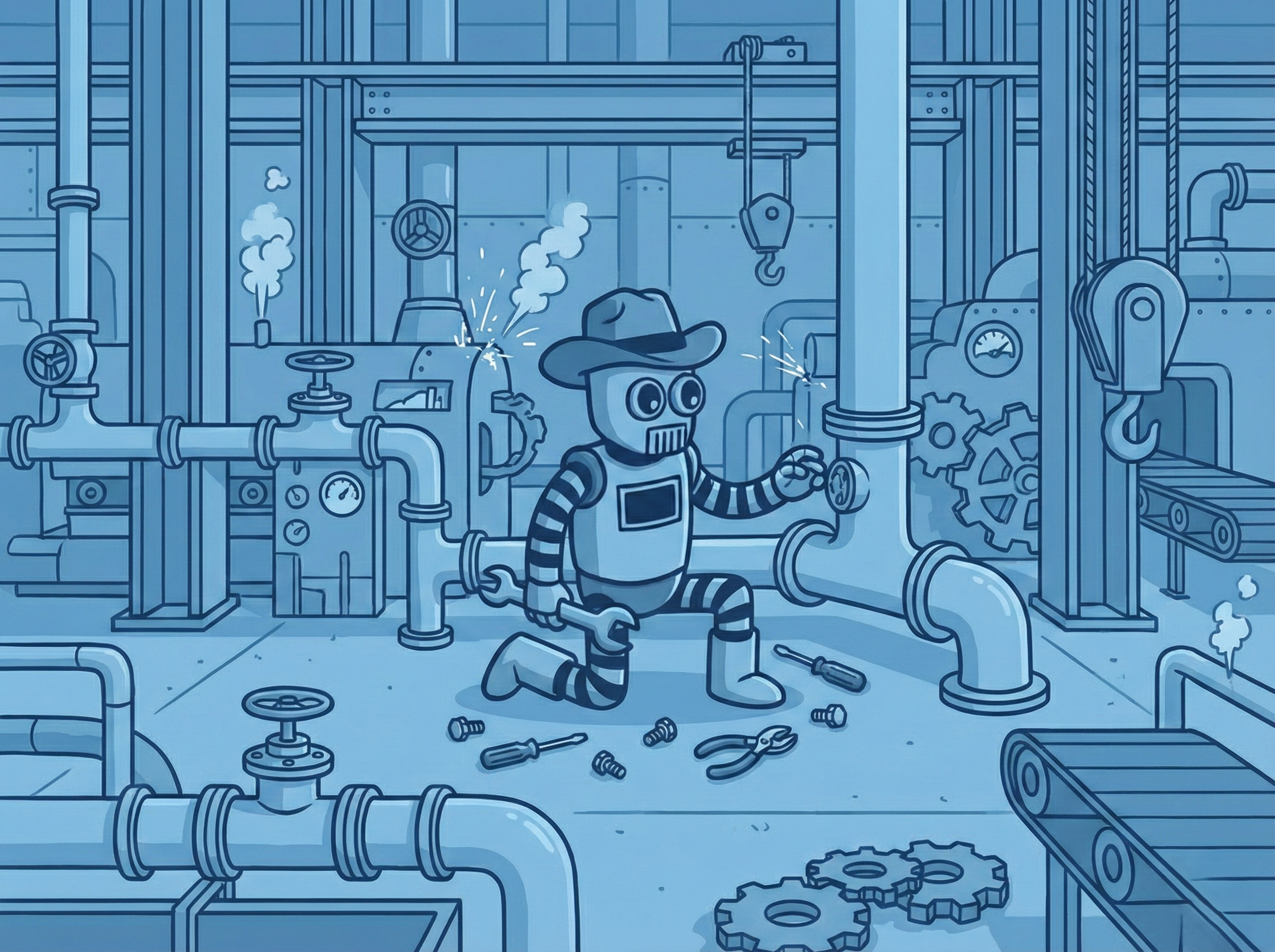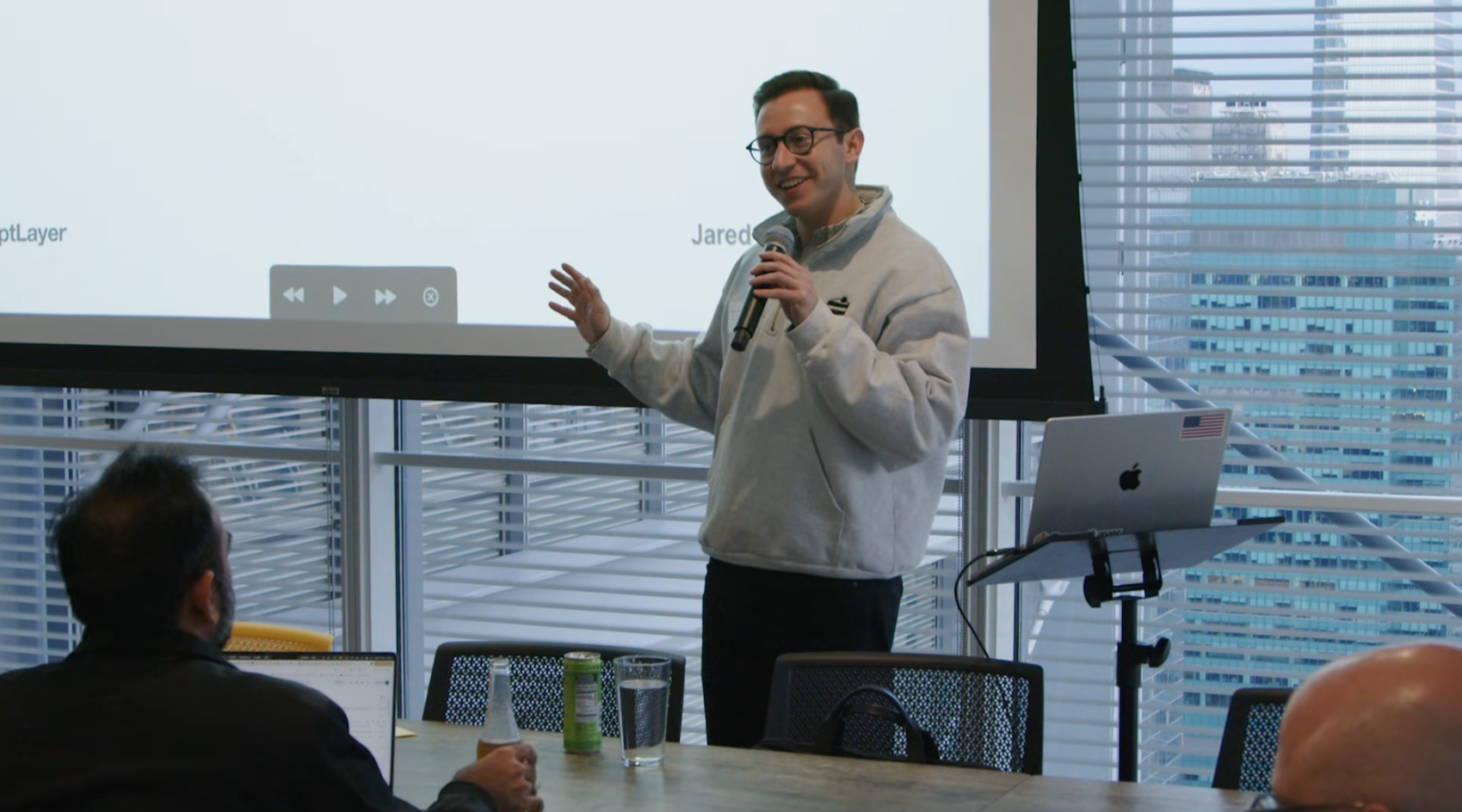Comparing frontier models: Claude 3 Opus vs GPT-4

Table of contents:
- What is Claude 3 Opus?
- What is GPT-4?
- Benchmark comparison: Claude 3 Opus vs GPT-4
- Cost Comparison: Claude 3 Opus vs GPT-4
- Overall Comparison: Claude 3 Opus vs GPT-4
- Key Differences: Claude 3 Opus vs GPT-4
- Choosing Claude 3 Opus vs GPT-4
OpenAI and Anthropic have been trading blows with releases of their frontier large language models (LLMs). The biggest battle has been between Anthropic's Claude 3 Opus and OpenAI's GPT-4.
While both models are capable of understanding and generating human-like text, they possess differing strengths and weaknesses.
Claude 3 Opus distinguished itself with an expansive context window capable of processing vast amounts of information. Whereas GPT-4 excelled in logical reasoning and code generation.
We'll compare these models so you can better understand which one most fits your needs.
What is Claude 3 Opus?
Claude 3 Opus, introduced in March 2024, is the most advanced model in Anthropic's Claude 3 family of AI language models. It excels in complex tasks, demonstrating near-human levels of comprehension and fluency. Enhancements over its predecessors include:
- Expanded Context Window: Capable of processing up to 200,000 tokens, with potential expansion to 1 million tokens for specific applications.
- Multimodal Processing: Proficient in analyzing various visual formats, such as photos, charts, and technical diagrams.
- Improved Accuracy: Achieves near-perfect recall in benchmark tests, surpassing 99% accuracy
Claude 3 Opus is accessible through the Claude chatbot and via Anthropic's API for developers.
What is GPT-4?
GPT-4, launched on March 14, 2023, is the beginning of the fourth generation of OpenAI's language model.
It marked many improvements over GPT-3.5 enabling it to handle more complex conversations. One of the biggest improvements from GPT-3.5 was advancements in reasoning, creativity, and problem-solving. GPT-4 gained the ability to complete new tasks, such as generating quality content and accurately answering analytical and coding questions.
GPT-4 is available through the ChatGPT user interface and via OpenAI’s API for developers.
Comparing Claude 3 Opus and GPT-4
To understand the differences in these models, let’s look at Claude 3 Opus and GPT-4’s costs, capabilities, specifications, and specializations side-by-side:
Opus 3 vs GPT-4 Benchmark Comparison
Below is a comparison of both models on multiple benchmarks of capability:
| Evaluation Category | Claude 3 Opus | GPT-4 |
|---|---|---|
| Undergraduate level knowledge (MMLU) | 86.8% (5-shot) | 86.4% (5-shot) |
| Graduate level reasoning (GQPA, Diamond) | 50.4% (0-shot CoT) | 35.7% (0-shot CoT) |
| Grade school math (GSM8K) | 95.0% (0-shot CoT) | 92.0% (5-shot CoT) |
| Math problem-solving (MATH) | 60.1% (0-shot CoT) | 52.9% (4-shot) |
| Multilingual math (MGSM) | 90.7% (0-shot) | 74.5% (8-shot) |
| Code (HumanEval) | 84.9% (0-shot) | 67.0% (0-shot) |
| Reasoning over text (DROP, F1 score) | 83.1% (3-shot) | 80.9% (3-shot) |
| Mixed evaluations (BIG-Bench-Hard) | 86.8% (3-shot CoT) | 83.1% (3-shot CoT) |
| Knowledge Q&A (ARC-Challenge) | 96.4% (25-shot) | 96.3% (25-shot) |
| Common Knowledge (HellaSwag) | 95.4% (10-shot) | 95.3% (10-shot) |
CoT: Chain of Thought Shot: The number of examples shown before the model's main task
Claude 3 Opus vs GPT-4 Cost Comparison
| Model | Input Tokens Cost | Output Tokens Cost |
|---|---|---|
| Claude 3 Opus | $15 / 1M tokens | $75 / 1M tokens |
| GPT-4 | $30 / 1M tokens | $60 / 1M tokens |
*1m = 1 million tokens
Note: When using these models directly within Claude or ChatGPT, you are not charged per token. The cost analysis here pertains solely to API usage.
The price of using both models is comparable with little difference. Claude 3 Opus has more affordable input cost but comes at a higher cost for output. GPT-4 has higher input costs but lower output costs.
PromptLayer lets you compare models side-by-side in an interactive view, making it easy to identify the best model for specific tasks.
You can also manage and monitor prompts with your whole team. Get started here.
Claude 3 Opus vs GPT-4 Overall Comparison
|
Feature |
Claude 3 Opus |
GPT-4 |
|
Model Description |
A large language model emphasizing extended context and summarization capabilities. |
Advanced language model recognized for reasoning, code generation, and overall performance in benchmarks. |
|
Context Window |
200,000 tokens |
8,000 tokens (32,000 tokens in a variant) |
|
Strengths |
- Exceptional at handling very long documents. <br> - Superior summarization skills. <br> - Competitive coding abilities. |
- Excels in standard LLM benchmarks. <br> - Strong logical reasoning and problem-solving. <br> - Proficient in code generation. |
|
Weaknesses |
- Generally lags behind GPT-4 in standard benchmarks. <br> - Weaker mathematical reasoning compared to GPT-4. |
- Limited context window compared to Claude. <br> - Summarization can be less effective with extremely long documents. |
|
Speed |
No definitive data available, but generally considered comparable to GPT-4 |
No definitive data available, but generally considered comparable to Claude 3 Opus |
|
Multimodality |
Limited multimodal capabilities, primarily focused on text. |
Limited multimodal capabilities, primarily focused on text with some image input support. |
|
Training Data |
Up to August 2023 |
Up to September 2021 |
Key Differences Claude 3 Opus and GPT-4
- Context Window: Claude 3 Opus has a significantly larger context window, allowing it to handle much more information at once.
- Performance: GPT-4 generally performs better in standard benchmarks and excels in logical reasoning and code generation.
- Summarization: Claude 3 Opus demonstrates superior summarization skills, especially with lengthy texts.
Choosing Claude 3 Opus or GPT-4
In most scenarios, the choice between Claude 3 Opus and GPT-4 depends on the specific needs of your application:
Cost and Efficiency:
Claude 3 Opus is a cost-effective option for high input usage, charging $15 per million input tokens—half of GPT-4's $30 per million rate. However, it has a higher output token cost at $75 per million, compared to GPT-4's $60.
If your application requires processing large inputs but generates fewer outputs, Claude 3 Opus could provide savings, while GPT-4 may be more economical for balanced input-output tasks.
Context Window:
Claude 3 Opus supports an extensive context window of up to 200,000 tokens, ideal for applications handling long documents or complex conversations.
In contrast, GPT-4’s standard model supports 8,000 tokens, with an extended variant at 32,000 tokens.
For projects that demand extensive context, such as comprehensive document analysis or multi-stage dialogues, Claude 3 Opus offers unmatched flexibility.
Performance and Strengths:
GPT-4 is known for its strong logical reasoning, accuracy in benchmarks, and proficiency in tasks like code generation, making it preferable for technical and analytical work.
Claude 3 Opus, on the other hand, excels at summarizing lengthy documents and maintaining coherent responses across extended interactions, which is beneficial for customer service or summarization-heavy applications.
Specialization:
Claude 3 Opus has proven advantageous in scenarios where superior summarization and extended context are crucial, especially in handling multi-format data.
GPT-4, although not as contextually expansive, provides robust reasoning and problem-solving, fitting well in fields like research, analysis, and programming.
When Would Claude 3 Opus Be Preferred?
- Extended Document Handling: Claude 3 Opus is ideal for applications involving lengthy documents or dialogues, where it can maintain a detailed context without truncation.
- Summarization Needs: For tasks requiring consistent summarization or analysis across large amounts of data, Claude 3 Opus’s context and efficiency make it the preferred option.
- High-Volume Input Processing: If the task involves processing vast inputs with minimal output generation, Claude 3 Opus’s lower input token cost can provide substantial savings.
In applications where logical reasoning, cost-effective outputs, and programming support are central, GPT-4 maintains an edge with its balanced token costs and enhanced analytical capabilities.
About PromptLayer
PromptLayer is a prompt management system that helps you iterate on prompts faster — further speeding up the development cycle! Use their prompt CMS to update a prompt, run evaluations, and deploy it to production in minutes. Check them out here. 🍰



